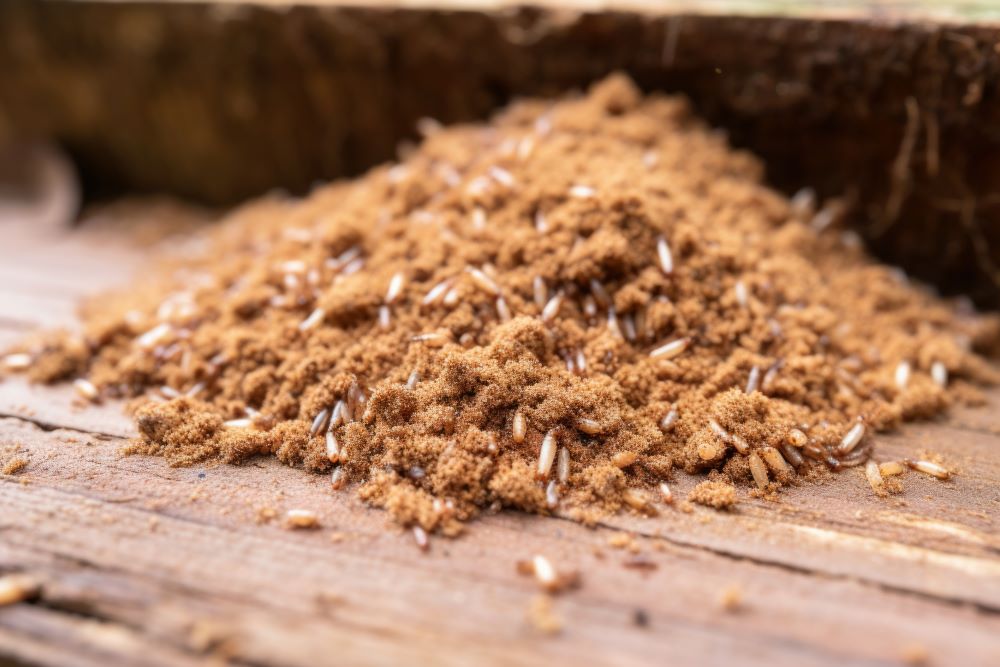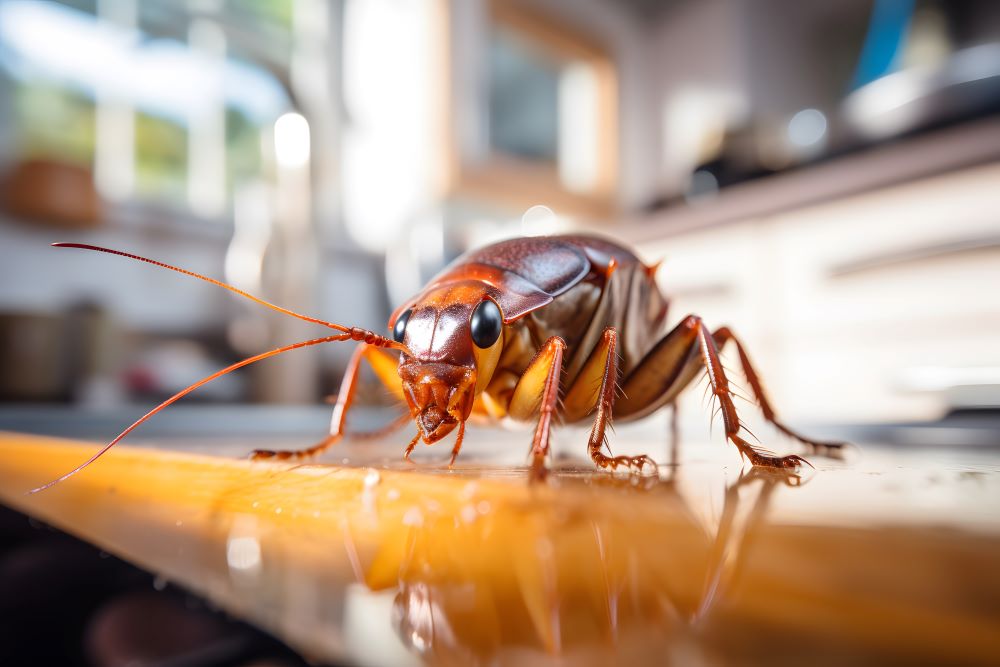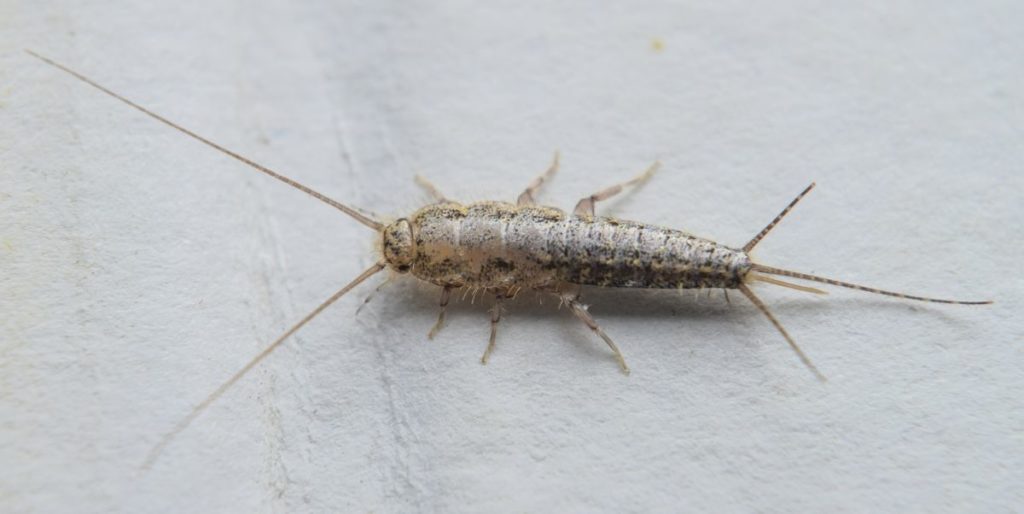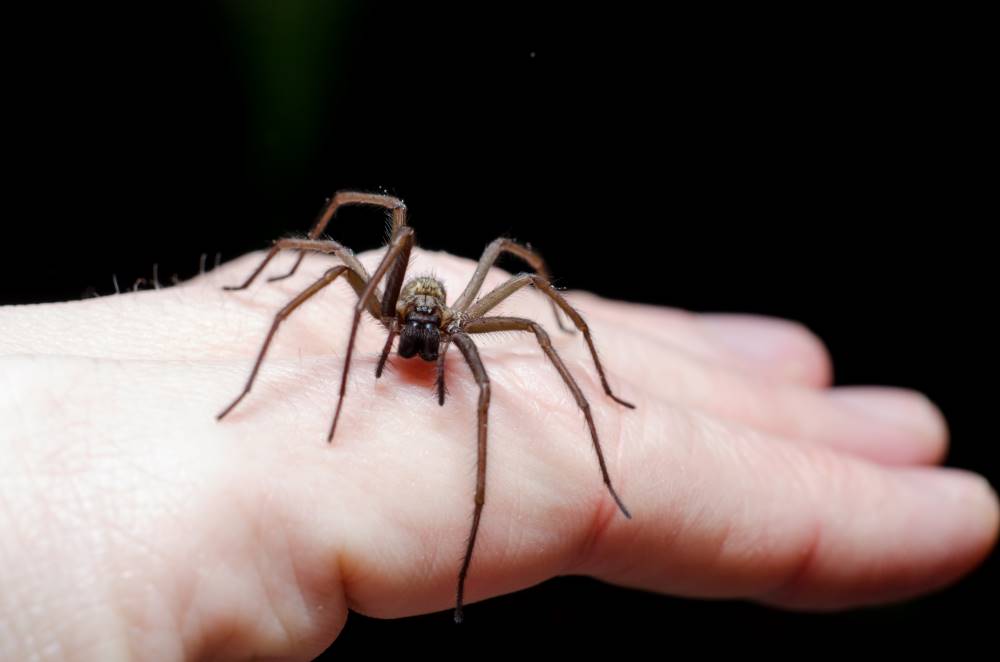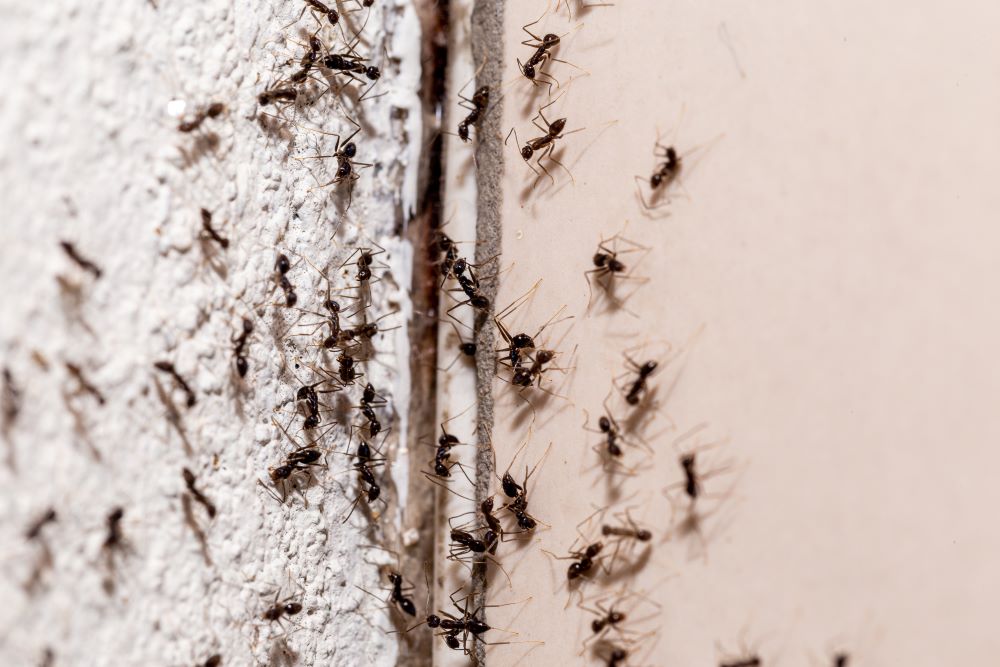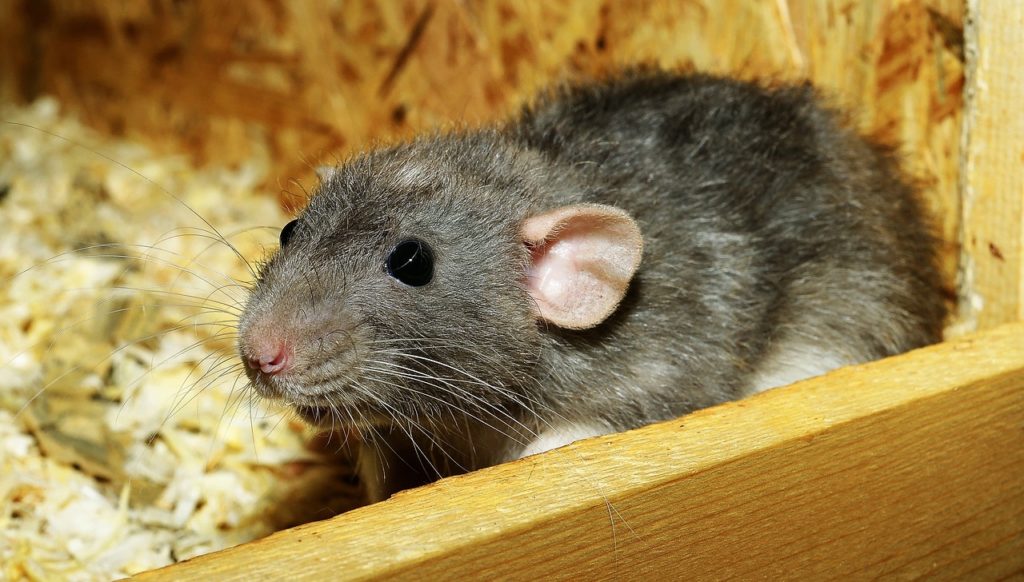
Have you ever walked into your kitchen late at night, turned on the lights and witnessed a rat scurrying away? The sight can be quite unsettling, right? Rat infestations are a widespread problem that homeowners grapple with. Not only are these rodents unsightly, but they also pose significant health and property risks. It might be time to start looking for the best rat repellent to keep them away!
The issue with rat infestations is that they are often hard to notice until they become substantial. Rats are nocturnal creatures, and they usually operate under the cloak of darkness. It’s not until you start noticing signs like gnawed furniture, droppings, or unexplained noises in your walls that you realize there’s a problem.
Rats are incredibly adaptable creatures, and once they’ve found a place they deem safe, they multiply rapidly. This adaptability and rapid reproduction make it difficult to eliminate them completely, and that’s where the best rat repellent comes in handy.
The Dangers of Rat Infestations
Let’s delve deeper into why you should be concerned about rat infestations. Firstly, rats carry diseases. Hantavirus, Lassa fever, Leptospirosis, and Plague are some of the diseases transmitted by rats. You, your family, or your pets could contract these diseases through contact with rat urine, droppings, or saliva.
Secondly, rats can cause extensive damage to your property. They chew on almost anything they come across – from wooden furniture to electrical wires, causing significant harm. If they gnaw on your home’s wiring, it could lead to electrical fires.
Lastly, a rat infestation can ruin your home’s aesthetic appeal and potentially decrease its value. Nobody wants to buy or stay in a house infested with rats. Hence, investing in the best rat repellent is a wise decision.
What is a Rat Repellent?
So, what exactly is a rat repellent? It’s a substance or device used to deter rats from invading or staying in your home. Rat repellents come in various forms, including sprays, granules, ultrasonic devices, and electronic repellents. Each type has its mode of operation, but all aim to create an environment that’s unpleasant for the rats, forcing them to leave.
Some repellents use scent to deter rats. These types often contain natural ingredients like peppermint oil, which rats find repulsive. Other repellents use noise or ultrasonic waves that irritate the rats, making your home inhospitable to them.
While rat repellents are not a magic bullet for rat infestations, they form part of an effective rat management strategy. They are particularly useful in preventing rat infestations from occurring in the first place.
How Does Rat Repellent Work?
Rat repellents work by exploiting the rat’s natural aversions. For instance, sprays and granules usually contain substances that rats find offensive. When you apply these repellents around your home, the rats are repelled by the smell and are less likely to invade your space.
On the other hand, ultrasonic and electronic repellents work by emitting high-frequency sounds or electromagnetic fields. These sounds and fields are irritating to rats, but they are inaudible and harmless to humans and most pets.
The effectiveness of rat repellents varies. Some rats may be more resilient and ignore the repellents, while others may be deterred. Therefore, it’s essential to choose the best rat repellent for your specific situation.
Factors to Consider When Choosing the Best Rat Repellent
When choosing the best rat repellent, you need to consider several factors. First, think about the type of repellent. Do you prefer a natural repellent like sprays or granules, or would you rather an ultrasonic or electronic device? Your choice will depend on your personal preferences and the severity of your rat infestation.
Next, consider the safety of the repellent. If you have pets or young children, you’ll want to choose a repellent that is safe for them. Some repellents, especially those containing strong chemicals, can be harmful if ingested or inhaled.
Lastly, consider the effectiveness and longevity of the repellent. Some repellents need to be reapplied frequently, while others, like electronic devices, provide long-lasting protection.
How to Use the Best Rat Repellent Effectively
To get the most out of your rat repellent, you need to use it correctly. If you’re using a spray or granule repellent, apply it in areas where you’ve noticed rat activity. This could be around your kitchen, in your basement, or near potential entry points.
If you’re using an electronic or ultrasonic repellent, place it in an area where its signals will not be obstructed. These devices work best in open spaces where the sound waves or electromagnetic fields can travel freely.
Remember that rat repellent is just one part of a comprehensive rat management strategy. It’s crucial to combine it with other measures like proper sanitation and sealing off potential entry points.
Other Methods to Complement the Best Rat Repellent
While using the best rat repellent is a great start, it’s even better when complemented with other rat control methods. One of these methods is proper sanitation. Rats are attracted to places with easy access to food. By keeping your home clean and properly storing your food, you can make your home less appealing to rats.
Additionally, sealing off potential entry points can help keep rats out. Rats can squeeze through tiny gaps, so make sure to seal off any cracks or holes in your walls, doors, or windows.
Lastly, if your rat infestation is severe, you may need to enlist the help of a pest control professional. They can provide more aggressive treatment options and advice on preventing future infestations.
Conclusion and Final Thoughts
In conclusion, rat infestations are a serious problem that can pose health risks, cause property damage, and even decrease your home’s value. However, by investing in the best rat repellent and complementing it with other rat control methods, you can keep your home rat-free.
Remember, the key to effective rat control is prevention. Make your home unsuitable for rats by maintaining proper sanitation, sealing off potential entry points, and using the best rat repellent.
Worried about rats in your Omaha or Lincoln home? Recon Pest Services can help. Reach out today to get a free consultation, and start living rat free today!


